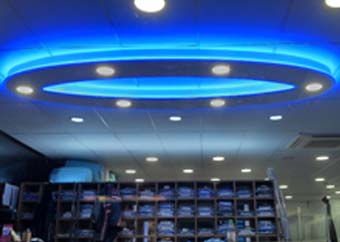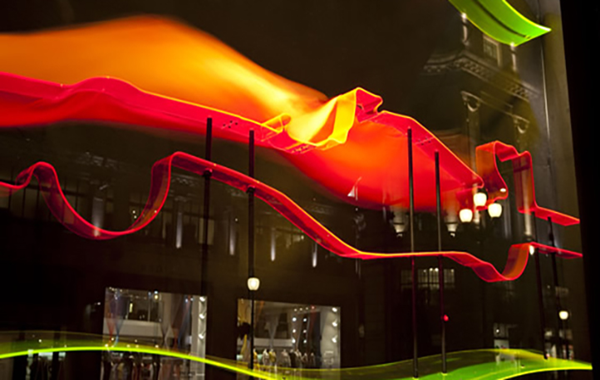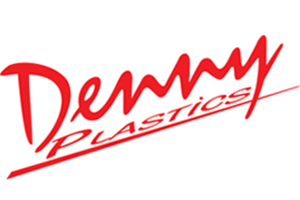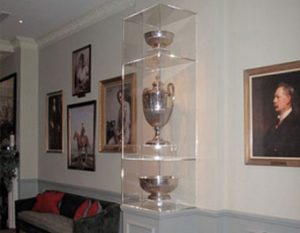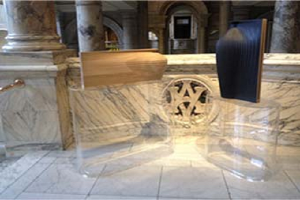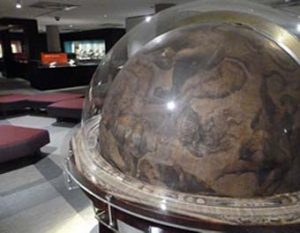Acrylic sheets, known for their clarity and versatility, are a popular choice for various applications. While basic techniques like bending and glueing can achieve simple shapes, complex designs demand venturing into advanced moulding methods. This blog post delves into techniques that push the boundaries of what’s possible with acrylic, allowing you to create unique and functional pieces.
1. Heat Bending:
This method utilises heat to soften the acrylic sheet, making it pliable for shaping around a mould.
Techniques:
- Strip Heater: A focused heat source like a strip heater allows for precise control over the bend area.
- Oven Bending: For larger bends, acrylic can be heated in a temperature-controlled oven, followed by quick-forming around a mould.
2. Vacuum Forming:
This technique involves applying heat and a vacuum to form the acrylic sheet over a mould cavity.
Process:
- The acrylic sheet is heated until pliable.
- A vacuum is applied, forcing the softened sheet to conform to the mold’s shape.
- The acrylic cools and retains the moulded form.
3. Pressure Forming:
Similar to vacuum forming, pressure forming utilises compressed air to push the heated acrylic sheet onto a mould. This technique is suitable for deeper and more complex shapes.
4. Chemical Bending:
This method involves applying a solvent along a designated scoreline on the acrylic sheet. The solvent weakens the material, allowing it to be bent along the scoreline.
- Important Note: Chemical bending requires specific solvents compatible with acrylic and should only be attempted with proper safety measures and ventilation.
5. CNC Machining:
Computer Numerical Control (CNC) machining utilises computer-controlled tools to precisely cut and shape acrylic sheets. This method offers exceptional precision for intricate designs and lettering.
Beyond the Technique:
- Polishing: After moulding, polishing removes surface imperfections and enhances the acrylic’s optical clarity.
- Bonding: Acrylic pieces can be securely bonded using specialized adhesives to create complex structures.
Safety First:
Always prioritise safety when working with acrylic. Utilise proper ventilation, wear necessary personal protective equipment, and thoroughly research each technique before attempting it.
Conclusion:
Mastering these advanced moulding techniques opens a world of possibilities for working with acrylic sheets. From creating unique art pieces to fabricating functional objects, these methods allow you to translate your vision into reality. Remember, with practice and knowledge, you can push the boundaries of what’s achievable with this versatile material.




